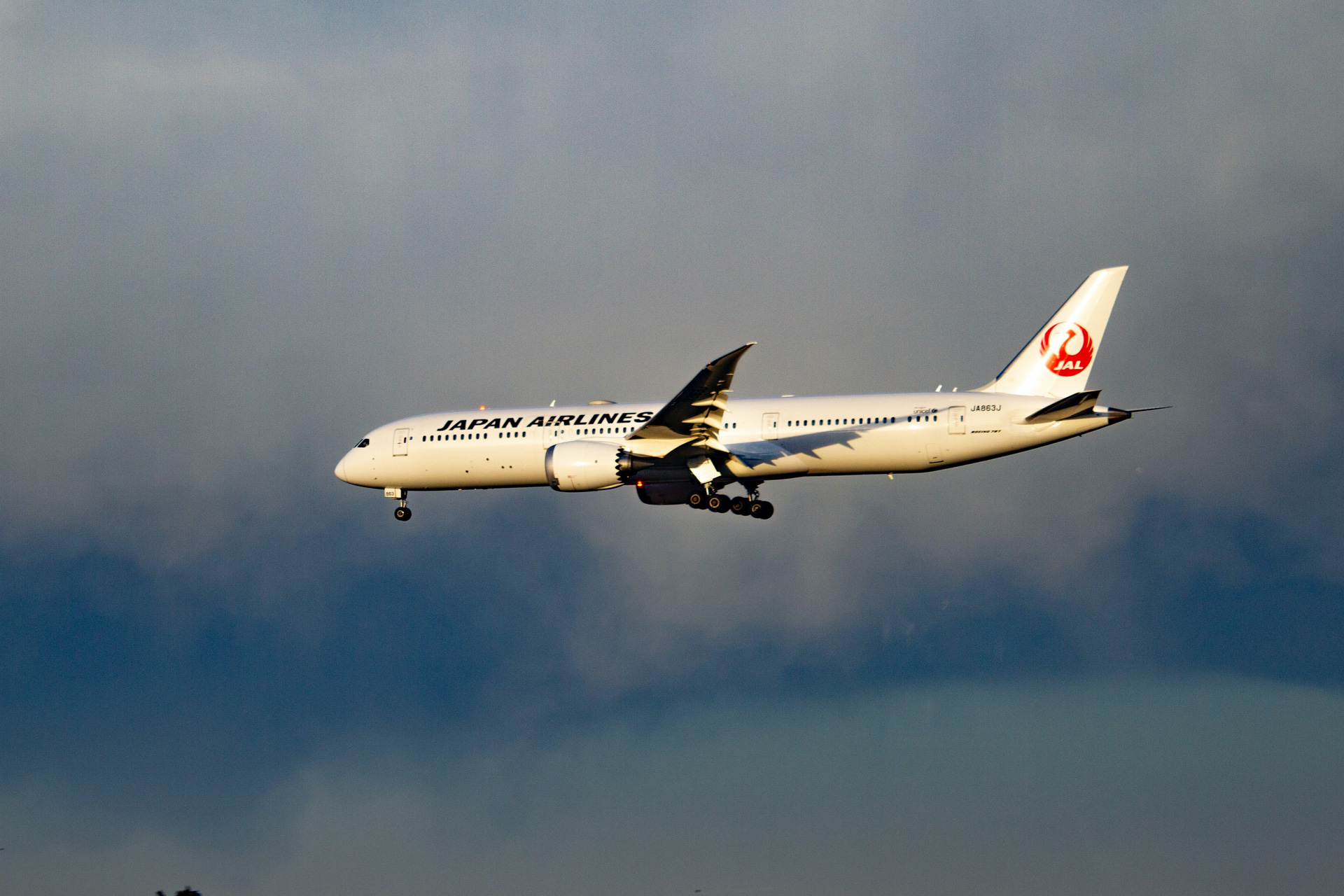
When Will I Need A Visa To Visit The EU?
By
3 months ago
New rules will affect continental travels later this year
At present, billions of people from across the globe can travel to and within the European Union (EU) security check free – but this is about to change. The EU is introducing new travel rules that will affect British holidays to the continent later this year. Called the European Travel Information and Authorisation System (ETIAS), here’s how it will affect your future trips.
ETIAS: Everything You Need To Know

Unsplash
What Is ETIAS?
ETIAS (the European Travel Information and Authorisation System) is a new border control system in the EU, created in response to the migrant crisis and concerns over terrorism. The ETIAS system will strengthen security checks on people who travel visa-free to the EU but are not from the EU. This includes visitors from the US, Canada, Australia, New Zealand and many more – including Brits.
Once ETIAS travel authorisation has been granted, travellers can enter the 30 European countries it covers as often as you want for short stays (typically up to 90 days in any 180 day period). However, normal border checks will still apply, so border control guards will still ask to see your passport and other documents to verify you meet the entry conditions.
The ETIAS news follows the international introduction of fingerprint and photo records; in the EU, this is known as the Entry Exit System (EES), and requires people entering the EU to register fingerprints, a photo and passport details, with each registration valid for three years. This will replace passport stamping and help the EU ‘know if people stay too long’, EU home affairs commissioner Ms Johansson tells the BBC. The system ‘will make it harder for criminals, terrorists or Russian spies to use fake passports,’ she says.
When Will It Come Into Force?
There’s still no specific date from the EU just yet, but ETIAS is expected to be operational before the end of 2025. All we know for sure is that ETIAS will launch six months after the EES, which itself remains unconfirmed. Originally slated to launch in 2022 and later November 2024, the EES was delayed again in autumn with EU interior ministers from the likes of Germany, France and the Netherlands (together accounting for 40 percent of passenger traffic affected by the change) declaring their computer systems would not be ready in time for the deadline.
Johansson shared the news on 10 October 2024, but did not reveal a new start date. ‘I hope we can start as soon as possible but there’s no new timeline so far,’ she said. ‘This also depends on the legal assessment that we will do and we’re working on it right now.’ The European Commission is currently assessing the feasibility of a gradual rollout.
With the EES still not operational as of January 2025, ETIAS cannot launch until July 2025 at the very earliest. Based on what we know, we expect ETIAS to launch at the end of 2025, perhaps even as late as 2026.

How Long Does ETIAS Last?
Once approved, your ETIAS authorisation will be valid for three years, or until your passport expires, whichever comes first. Because ETIAS is linked to your passport, you need to get new authorisation if you get a new passport. Your ETIAS authorisation must also be valid for the entire length of your journey; if it is set to expire halfway through your trip, you will need to apply for a new one.
How Will It Affect Brits?
Brits travelling to the EU from early 2025 will need to be ETIAS authorised before they travel. If you are not authorised, you will be denied entry to the destination country.
How To Apply For ETIAS
The ETIAS application will be available online and in a mobile app and take around 10 minutes to complete. To apply, all you need is a valid passport or travel document. Your passport should be valid for more than three months after your intended date of arrival in the EU. Your travel document must not be older than 10 years.
You will be asked for the following information:
- Personal information: name, date and place of birth, sex, nationalities, home address, email address, phone number
- Parents’ first names
- Travel document details
- Level of education and current occupation
- Country of first intended stay and the address of your destination
- Details about past criminal convictions, past travels to war or conflict zones, and whether you have recently been the subject of a return decision.
If you’re not sure where you want to travel yet when you apply, do not worry: the destination country is used to process the application, but once your ETIAS is approved, you can travel to any of the 30 European countries involved in the scheme.

How Long Will ETIAS Authorisation Take?
The EU reassures 95 percent of ETIAS applications will be processed ‘within minutes’ – though some will naturally take a little while longer to process. If so, you will receive a decision or a request for more information within four days. You will receive an email with the outcome of your application; make sure to check the junk folder.
If you are asked for more information, documentation or even invited for an interview, your ETIAS application could take up to 30 days to be approved, so the EU encourages people to apply for travel authorisation well in advance of your journey.
Is This The End Of The Last Minute Break?
Not so: the EU encourages people to apply for ETIAS authorisation well in advance of travelling – even before you’ve bought a plane ticket or booked accommodation. Because the authorisation lasts three years, you could safely apply for ETIAS authorisation with no holidays planned and still be safe to travel spontaneously at a later date.
How Much Does It Cost?
The ETIAS application costs a non-refundable €7. People under the age of 18 and over the age of 70 are exempt from the payment but must still apply; the same is true for family members of EU citizens and people with the right to move freely in the EU.
Is It Because Of Brexit?
Partly – but partly not. Great Britain isn’t the only country subject to these changes – more than 1.4 billion people from 60 visa-exempt countries will be subject to the change of rules, and will need travel authorisation to enter 30 European countries for a short stay (i.e. a holiday).

What Happens If You Don’t Have ETIAS Authorisation?
If you forget to apply for ETIAS or your application is rejected but you still travel to the EU, you will be refused entry to the country at the border.
Do You Need To Print It Out?
You can for your own peace of mind, but you don’t have to. Border control will have access to your travel authorisation in their system as it is linked to your passport.
Who Needs To Apply?
In general, you should apply for ETIAS authorisation if you are not an EU national and you are planning to visit Austria, Belgium, Bulgaria, Croatia, Cyprus, Czech Republic, Denmark, Estonia, Finland, France, Germany, Greece, Hungary, iceland, Italy, Latvia, Liechtenstein, Lithuania, Luxembourg, Malta, Netherlands, Norway, Poland, Portugal, Romania, Slovakia, Slovenia, Spain, Sweden or Switzerland. This includes people from any visa-exempt countries – including the UK and the US. See more advice on who should apply here.
Is ETIAS A Visa?
No, ETIAS is not the equivalent to a visa; it is better described as a visa waiver like the US’s ESTA. Etias only authorises short term stays, so it cannot be used for studying or working abroad, and in those cases non EU nationals should apply for a traditional visa.
More Information
For more information, visit the EU’s dedicated Etias website: travel-europe.europa.eu/etias







